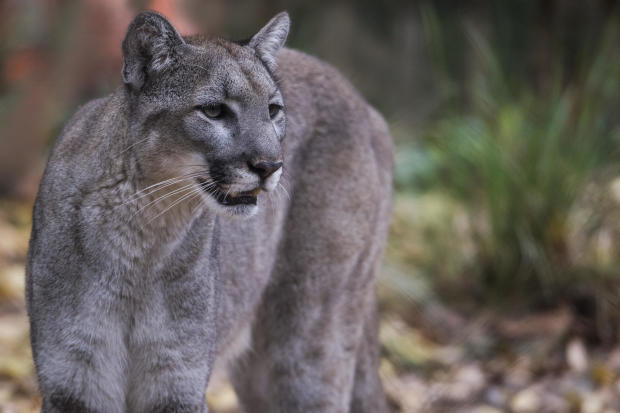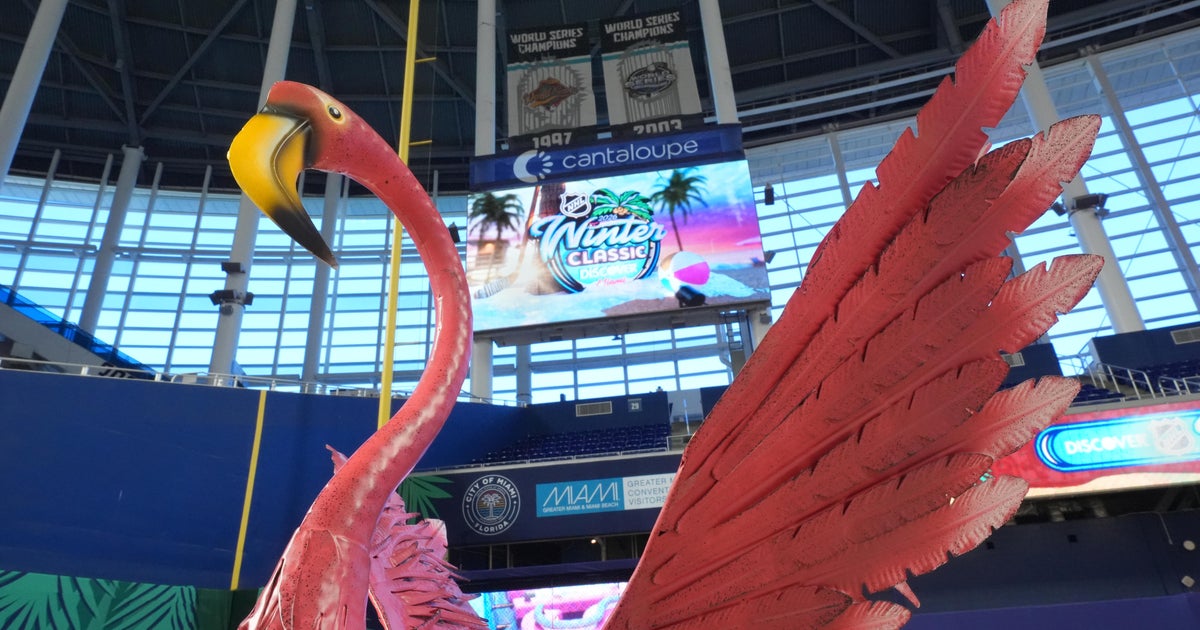More endangered Florida panthers have died in 2024 so far than all of last year: "These roadkills are heartbreaking"
The 2024 calendar is not even at its halfway point but more endangered Florida panthers have died this year than in all of 2023, according to state statistics.
Of the 14 deaths in 2024, 11 involved vehicles and another was killed by a train. Two other deaths were of an "unknown" cause, according to statistics from the Florida Fish and Wildlife Conservation Commission.
Experts say only between 120 and 230 adult panthers are left in Florida. Most live in South Florida, according to Elise Bennett, the Florida and Caribbean director at the Center for Biological Diversity. Factors like growing human populations and higher vehicular traffic in the panthers' limited habitat are part of the reason why so many of the endangered cats are killed, Bennett said.
"The reason it's so dangerous is because we have a growing human population and the infrastructure, the roads, the buildings, the higher traffic and higher speeds ... all of that is happening right in the heart of the last remaining occupied habitat for the Florida panther," Bennett said. "They've been kind of cornered into this little area of Southwest Florida, and that's where we see the majority of these roadkills."
While more panthers have died this year than last, Bennett said that it's still low for panther deaths. In 2021 and 2022, 27 panthers died each year. In 2020, 22 panthers died. Bennett said it's not clear why panther deaths were so low in 2023.
"It doesn't change the fact that these roadkills are heartbreaking and we really need to be doing everything we can to have less of them if we want our one remaining panther population to exist and eventually recover to a point where it doesn't need to be protected anymore," Bennett said.
Conservation efforts to protect the panther species are ongoing. Bennett said that for the species to no longer be considered endangered, there would need to be three distinct populations of 240 adult panthers each, something she said is a "long way to go." In an ideal world, panthers would be able to roam freely between all three populations, traversing the state to former habitats like north Florida and Georgia without significant risk. That's the goal of the Florida Wildlife Corridor, an initiative that "sets out to identify the most important places that we need to protect so that panthers actually have a way to move north and go back into their former range," said Bennett.
Bennett said that conservationists are hoping to find a happy medium between continued human population growth and the needs of the endangered panthers.
"It's really about making sure that when we have new development - we need places for people to live - that we do it in a compact way, that we're not sprawling out into important panther habitat, and that every step we're making isn't foreclosing the opportunity for the panthers to get back out into habitat that could help support them," she said.






